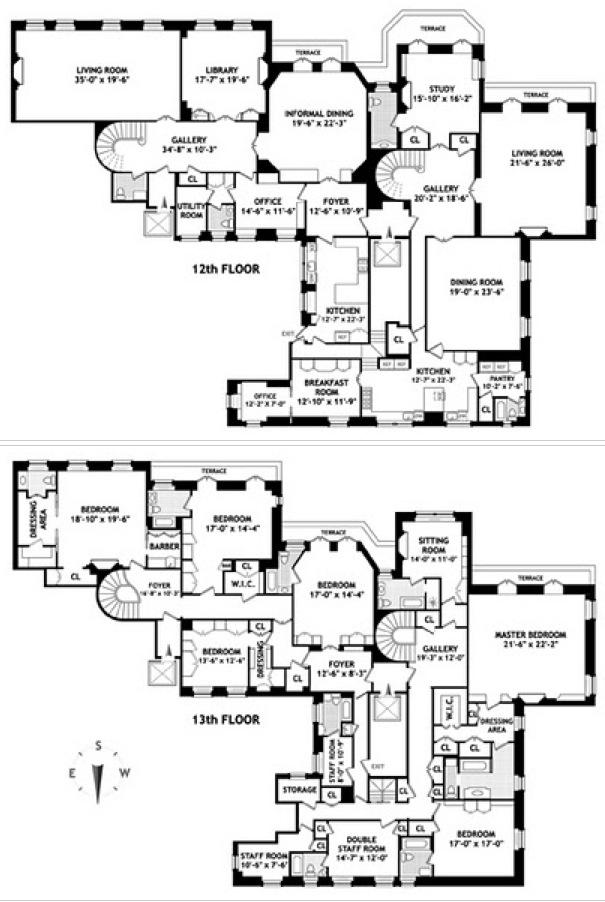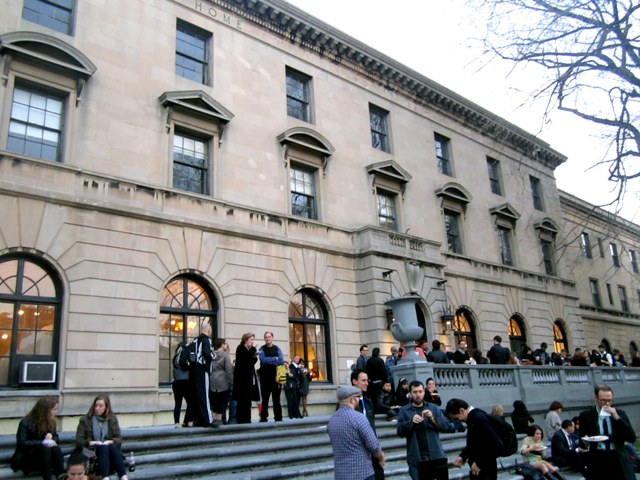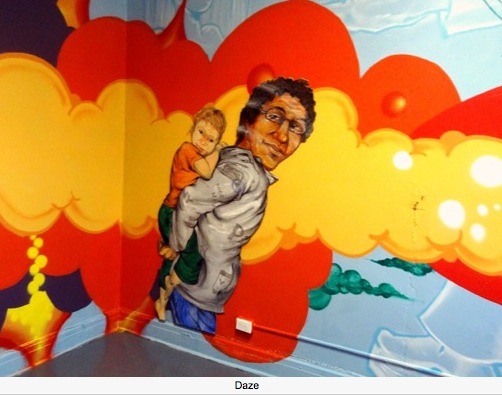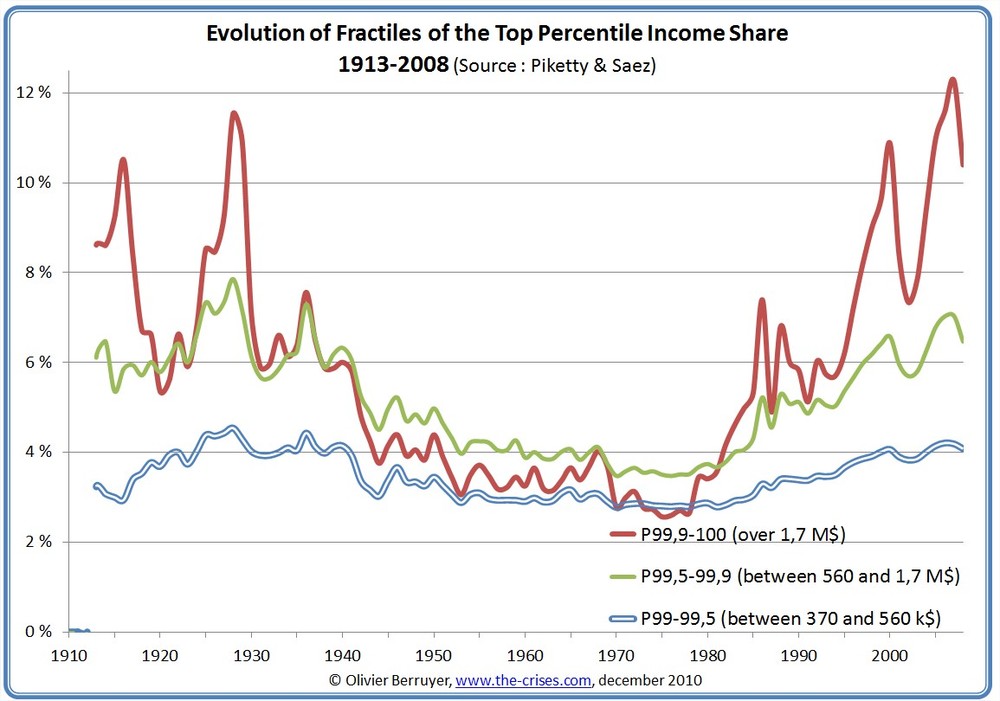America's Wealthy: Alex Gibney's 740 Park Avenue To 'This Side of Paradise' | Back To Great Gatsby
/There is perhaps no street in the world that better exemplifies the widening gap between rich and poor than America’s Park Avenue, the famous boulevard of money and power in New York than moves quickly out the corridors of money and power into the squalor of Harlem and the South Bronx.
Academy Award-winning filmmaker Alex Gibney (Taxi to the Dark Side, Enron: The Smartest Guys in the Room) documents 40 years of sharply widening income disparty in Park Avenue: Money, Power and the American Dream — a PBS project for Independent Lens.
Gibney’s documentary gazes at the disparity in New York life, turning his lens to 740 Park Avenue, Manhattan’s home to the highest concentration of billionaires in the country moving five-miles north to the South Bronx, home to the poorest congressional district in America.
Asked what motivated him to make the film, Alex Gibney responds:
I am furious at the way that we have allowed money to subvert our democracy. I am appalled at the way that the U.S., a very wealthy nation, permits and even encourages a level of poverty that other wealthy nations would not even consider. Last, I am disturbed at the popular acceptance of theories that argue that we should be as selfish as possible and that altruism itself is evil. That’s a perversion of laissez-faire economic theory going back to Adam Smith and Milton Friedman.
Gibney’s film is part of a larger PBS Project with an international focus Why Poverty?.
Michael Gross, author of the 2005 book about 740 Park Avenue runs a blog about the building and was connected with Alex Gibney by the New Yorker’s Jane Mayer. We will post more about this story, along with the many graphs that focus on the staggering growth of income inequality in America.

Vandalog in the South Bronx link



 This Side of Paradise
This Side of Paradise
1125 Grand Concourse
Bronx, New York 10452
From their website: No Longer Empty’s core mission is to widen the public engagement for contemporary art, to promote the work of imaginative and socially-conscious artists, and to demonstrate the capacity of art to revitalize communities. We do so by presenting high-caliber, site specific, public art exhibitions in the heart of communities.
With each exhibition, it is No Longer Empty’s goals to positively impact communities by creating a welcoming, accessible and pulsating cultural/educational hub where a community of artists, educators, scholars and the public come together to create and experience art, free of market imperative and institutional constraints.
No Longer Empty draws together the vitality of the contemporary art world and the values of building community.
In the spring of 2012, No Longer Empty transformed the Andrew Freedman Home in the Bronx with the exhibition This Side of Paradise. The New York Times explained that the structure that “looked like a limestone luxury liner sailing up the Grand Concourse” was actually a privately endowed retirement home for the formerly well-to-do, “those who might have lost their money but not their manners or manorial tastes.” It was important, for example, that residents not eat peas with their knives.
In the 1980s the Mid-Bronx Senior Citizens Council came to own the building, where it operates a day care center, community programs and an events space. Vast portions of the building have been a “tomb” writes the Times, awaiting rebirth.
While there is no intention of removing the remains of the former residents, the artists involved in This Side of Paradise were given free rein to rummage through the abandoned parts of the building, incorporating artifacts into their contemporary vision.
“When people said to me, ‘Are you going to try to clean up the hallways?’ I said, ‘No, there’s no way you can put a Band-Aid on something like this,” said Manon Slome, the president and chief curator of No Longer Empty, who was introduced to the building with the help of Mr. Puryear and Holly Block, the Bronx Museum’s director. “I think you have to start by working in the decay, and then as this place gets more funding, that kind of work can be done.”
In a note of irony, readers probably don’t know that This Side of Paradise is the debut novel of F. Scott Fitzgerald, published in 1920. While the book was a critical success, Joh Grier Hibben, then the president of Princeton University said: “I cannot bear to think that our young men are merely living four years in a country club and spending their lives wholly in the spirit of calculation and snobbishness.”

 “A personality is what you thought you were…. Personality is a physical matter almost entirely; it lowers the people it acts on - I’ve seen it vanish in a long sickness. But while personality is active, it overrides ‘the next thing.’ Now a personage, on the other hand, gathers. He is never thought of apart from what he’s done. He’s a bar on which a thousand things have been hung - glittering things sometimes, as ours are, but he uses those things with a cold mentality back of them.”
“A personality is what you thought you were…. Personality is a physical matter almost entirely; it lowers the people it acts on - I’ve seen it vanish in a long sickness. But while personality is active, it overrides ‘the next thing.’ Now a personage, on the other hand, gathers. He is never thought of apart from what he’s done. He’s a bar on which a thousand things have been hung - glittering things sometimes, as ours are, but he uses those things with a cold mentality back of them.”
| — |
From This Side of Paradise by F. Scott Fitzgerald
|

